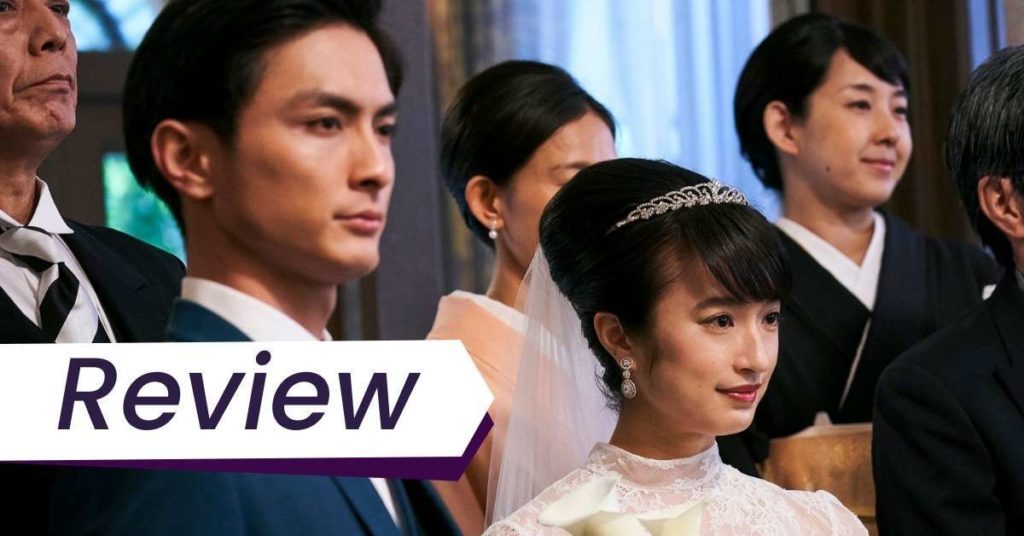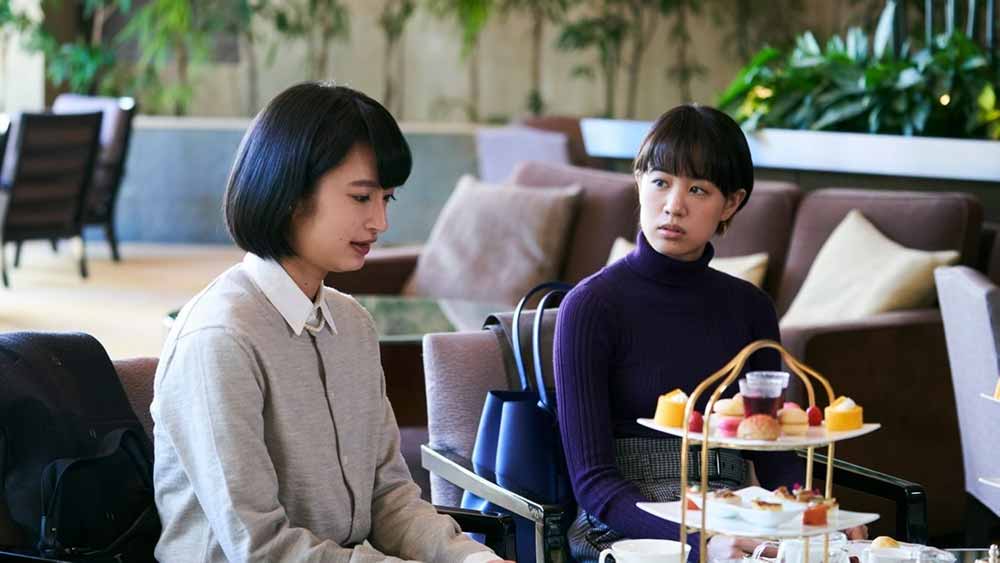Yukiko Sode’s Aristocrats, which world premiered at the International Film Festival of Rotterdam (IFFR), follows two Tokyo women of different social classes who are both romantically connected to the same man.
Check out all our IFFR coverage.

Discover one film you didn’t know you needed:
Not in the zeitgeist. Not pushed by streamers.
But still easy to find — and worth sitting with.
And a guide to help you do just that.
“Tokyo’s compartmentalised. You only meet people within your class.” This casual comment, made by Hanako’s (Mugi Kadowaki) friend as they hang out by the city’s waterfront, is explored and challenged in Aristocrats (Anoko wa kizoku). What happens when people of different classes cross paths in class-conscious Tokyo? Yukiko Sode’s film, which is adapted from a book by Mariko Yamauchi, is particularly concerned with how class impacts women’s freedom. In Sode’s film, the higher a woman’s class, the loftier the expectations they have to live up to, and the fewer options available to them.
By following two female protagonists from different socio-economic backgrounds, Sode explores how their proximity to wealth impacts their agency and relationships. We meet Hanako in a taxi on her way to a family dinner. Hanako silently ignores her taxi driver as he chats about how he’s never been inside this restaurant before, despite driving many clients such as Hanako to its doors; immediately, Hanako is established as being on the upper echelon of society, at least compared to the driver. Yet when she arrives at the dinner, she seems unhappy. Her family chides her for being single — her fiance recently dumped her — and they insist she seek a new relationship as soon as possible. In the first section of the film, Hanako goes on a series of dates with terrible men, most of them matches made by her friends or family. She doesn’t seem happy about her dating life, and yet she persists, because it’s what’s expected of her.
In the second section of Aristocrats, marked by on-screen text as ‘Chapter Two’, we meet lower-class small-town girl Miki (Kiko Mizuhara). She’s recently arrived in Tokyo for college, although her family pleads for her to return home to help them run the household. Sode communicates Miki’s discomfort among Tokyo’s upper classes in a scene where she goes for afternoon tea with three girlfriends, one of whom is her best friend. When the other two girls aren’t looking, Miki’s best friend suggests that Miki shouldn’t reveal girls how shocked she is at how expensive the menu is. Quietly, this gesture establishes how the social rules of the upper classes are privately shared but never publicly acknowledged.

Hanako and Miki, who start the film as strangers, are drawn together by Koichiro (Kengo Kora); Hanako becomes his fiance, and Miki begins as his mistress. The illicit nature of Miki’s relationship to Koichiro (he would never marry a poor, small town girl like her) means she can be close to him while still enjoying her freedom. She has fun with Koichiro, but she doesn’t have to conform to the restrictive expectations or etiquette of his class, because their relationship isn’t public. For Hanako, marrying into Koichiro’s aspirational family means giving up a lot of freedom. Hanako meets Koichiro on a date and finds him utterly charming — before long, they are engaged to be married. But she becomes increasingly conflicted when she learns of the restrictive expectations imposed on the women in Koichiro’s family.
Hanako must then adjust to life in an even higher social class. A visit to Koichiro’s parents is alarming: Hanako awkwardly enters the room, unsure of the appropriate etiquette or when she’s allowed to speak. She’s taken aback to learn that his family conducted an extensive background check on her to determine if she is a suitable match. Slowly, Hanako realises that upper-class families like Koichiro’s expect women to sacrifice much of their autonomy in order to fit into their world. She finds out about another woman who married into the family: this woman had children with her husband, but when she divorced him, she was ostracised from the family and separated from her children.
Until halfway through the film, Hanako and Miki are not aware of each other’s existence, and they only meet when a mutual friend realises they both have a connection to Koichiro and arranges for them to meet. Despite this shocking revelation, they remain respectful to each other, if standoffish; Miki even tells Hanako that she will break things off with Koichiro, and she does. Their mutual friend muses, “Society is against women’s unity.” Aristocrats combats this notion by conveying an understanding between Hanako and Miki, even though they are seemingly at odds, caught between one man and communicating across two very different social stratas. Their problems are not with each other but with patriarchy, and the people who enforce those structures, like Koichiro and his family.
The length and sprawling structure of Aristocrats betrays its literary origins, but it’s exciting to see such an ambitious and complex exploration of women’s class and freedom, however messy the presentation. The film comes together elegantly in its final act, when Hanako and Miki meet one last time at a crossroads in their lives. Hanako is being driven through the city in a car, and she glimpses Miki gliding happily across the pavement on a bike. It’s a pivotal moment for Hanako, who realises how free Miki is compared to her own gilded cage, and she, too, resolves to break things off with Koichiro. Meanwhile, Miki and her best friend band together to start a business, securing financial prosperity away from patriarchal expectations.
You could be missing out on opportunities to watch great films like Aristocrats at virtual cinemas, VOD, and festivals.
Subscribe to the Seventh Row newsletter to stay in the know.
Subscribers to our newsletter get an email every Friday which details great new streaming options in Canada, the US, and the UK.
Click here to subscribe to the Seventh Row newsletter.




